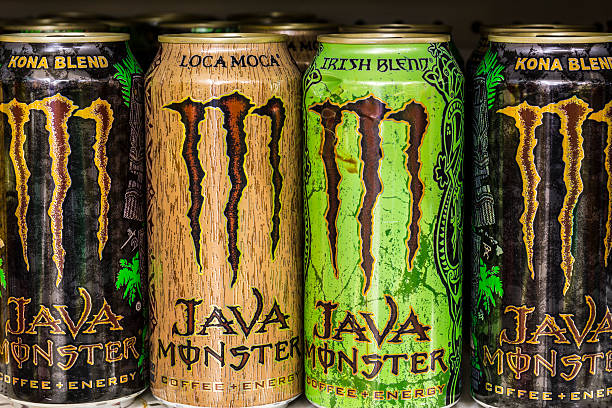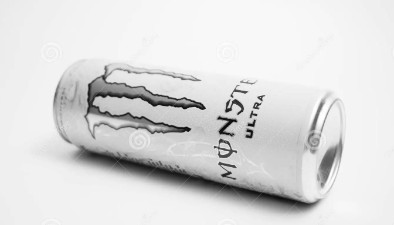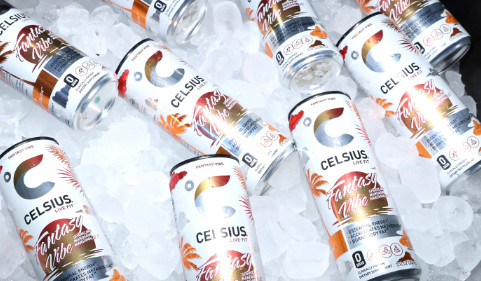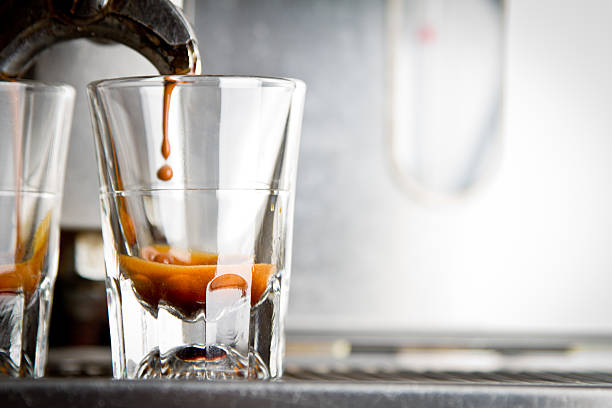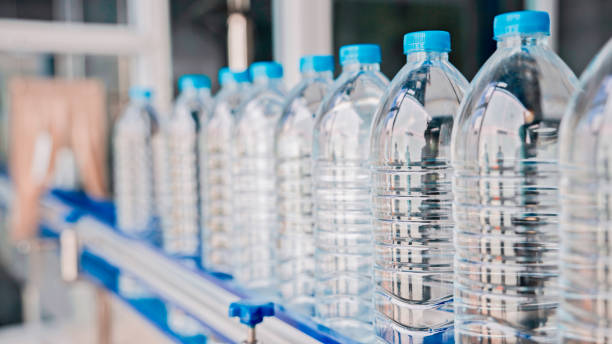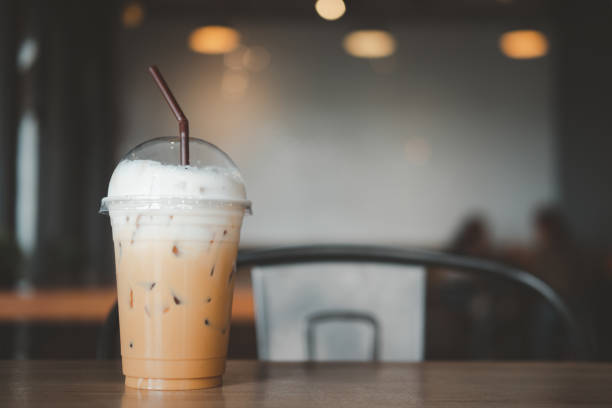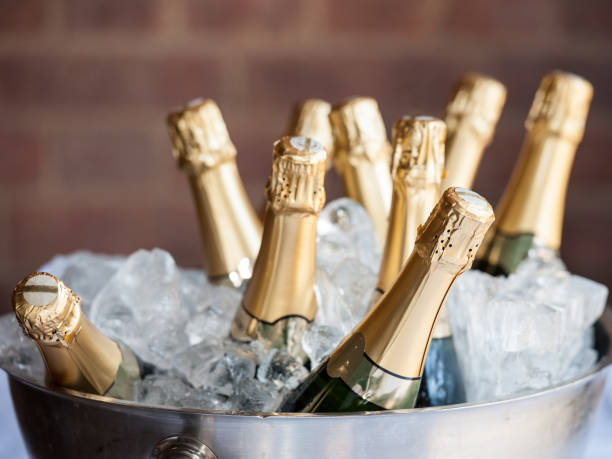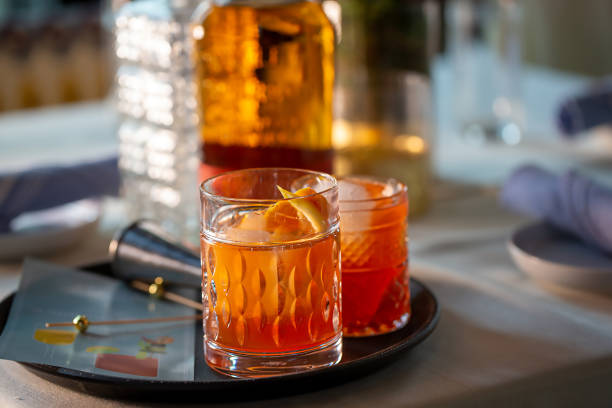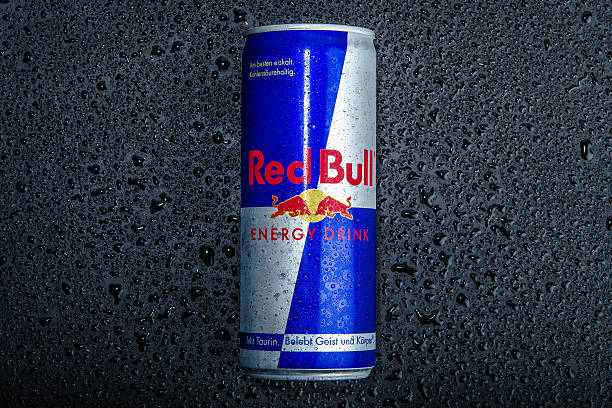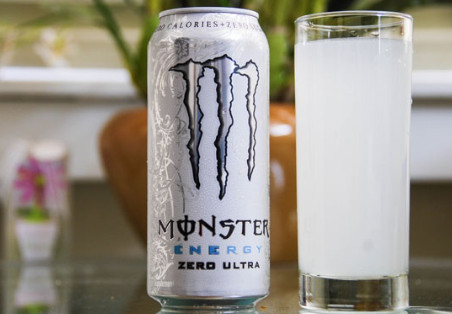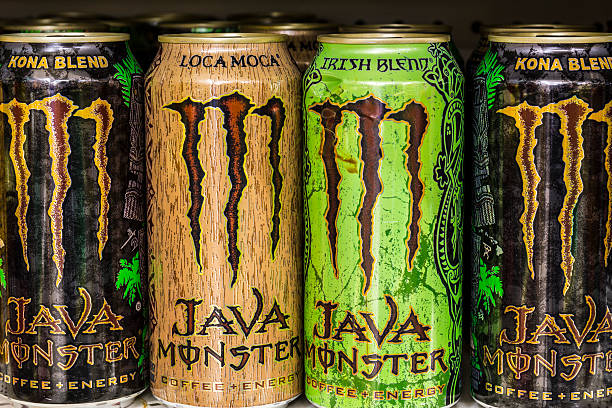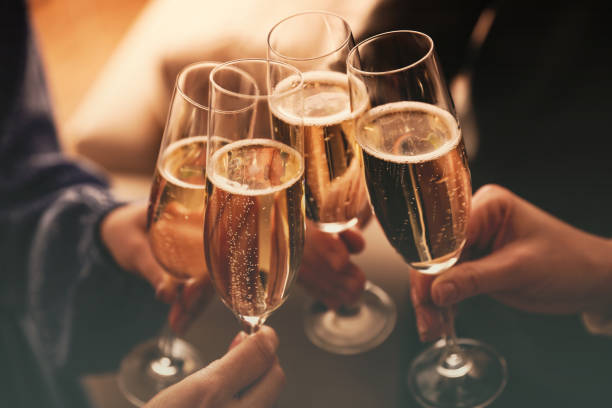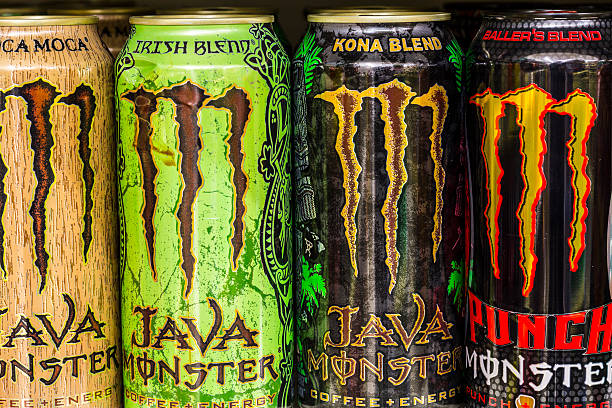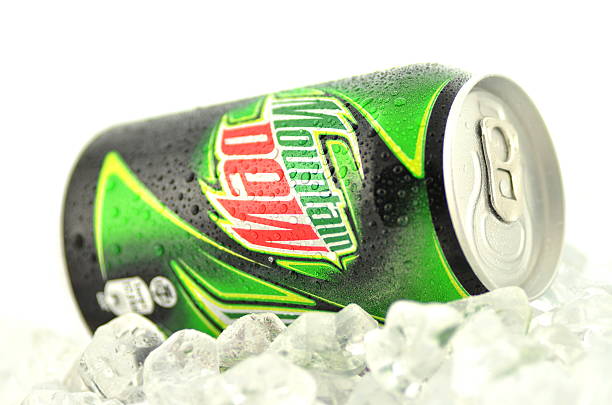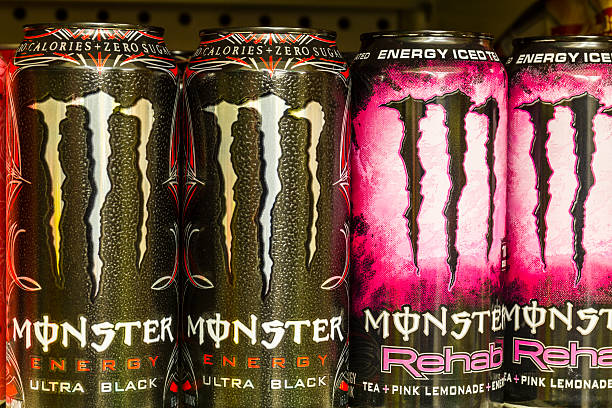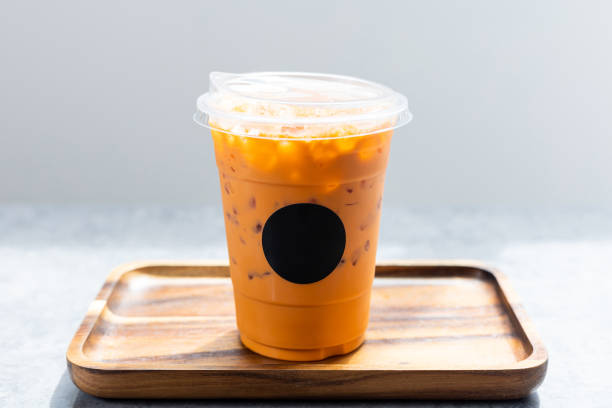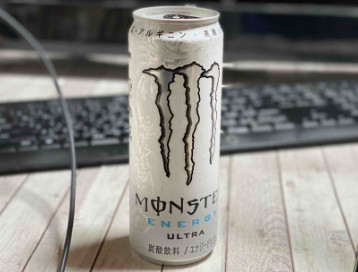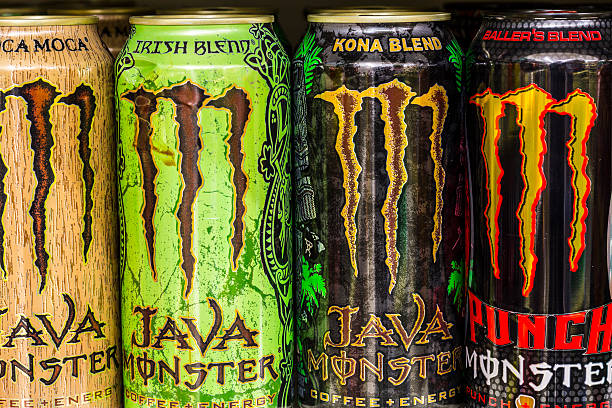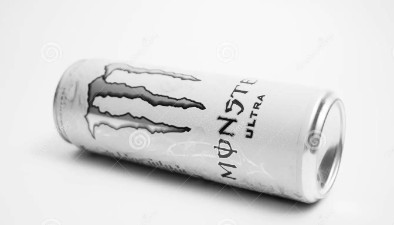In the world of alcoholic beverages, White Claw has surged in popularity, becoming a go-to choice for those seeking a refreshing drink with a kick. Known for its wide range of flavors and light, sparkling texture, this hard seltzer has made a significant mark on social gatherings, parties, and casual nights in. But beyond its taste and branding lies a question many have pondered: How Many White Claws to Get Drunk? The answer isn’t straightforward, as it intertwines with factors such as body weight, food intake, alcohol tolerance, and even the drink’s carbonation levels. This article dives into the intricacies of alcohol consumption through the lens of White Claw, exploring what it takes to reach a state of intoxication and the implications of doing so. Whether you’re a seasoned aficionado or new to the world of hard seltzers, understanding the effects of White Claw on your system is crucial for enjoying it responsibly and safely.
Alcohol Content in White Claw
The key factor determining intoxication from alcohol is ABV, or alcohol by volume. This refers to the percentage of a drink that contains pure alcohol.
White Claw contains 5% ABV. This means each 12 oz can has about 0.6 oz of pure alcohol. For comparison, regular beer averages around 4-6% ABV. So White Claw packs a bit more alcoholic punch than typical beer ounce-for-ounce.
Other variables like carbonation may also increase the rate of alcohol absorption. The bubbly nature of White Claw can allow the alcohol to enter your bloodstream faster compared to non-carbonated drinks.
Standard Drink Sizes
Another useful metric is the standard drink size. This allows us to compare expected intoxication across different alcohol types and servings.
In the United States, one standard drink contains 0.6 oz of pure alcohol. For White Claw, the entire 12 oz can qualifies as a standard drink.
Knowing this standard drink amount helps gauge intoxication levels. Your body processes alcohol at a certain rate over time. So the more standard drinks consumed, the higher blood alcohol levels will rise.
Factors Influencing Intoxication
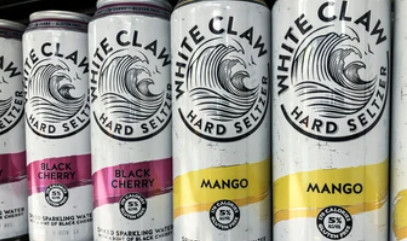
Factors Influencing Intoxication
While the alcohol content and serving sizes give us a baseline, your personal characteristics also impact intoxication levels. Important factors include:
- Body weight: Heavier people require more alcohol to reach the same blood alcohol level compared to lighter people. A 120 lb woman may have twice the blood alcohol concentration of a 240 lb man after consuming the same number of drinks.
- Biological sex: Females tend to have higher blood alcohol levels than males after drinking equivalent amounts, partly due to differences in water ratio in the body.
- Food intake: Eating before or while drinking slows down alcohol absorption into the bloodstream. Having food in your stomach makes you metabolize alcohol more slowly.
- Drinking pace: Downing multiple drinks back-to-back boosts intoxication versus sipping a drink over time. Drink spacing allows the liver to better metabolize alcohol as you go.
- Medications: Some prescription meds like antidepressants can amplify the effects of alcohol by altering metabolism rates. Always check for interactions.
- Alcohol tolerance: Frequent or long-term drinkers may have built up tolerance and require more alcohol to feel effects compared to infrequent drinkers. But tolerances can vary widely based on the above factors.
Estimating White Claw Intoxication
So how many White Claws does it take to get drunk? Let’s make some educated guesses based on common thresholds:
- Mild impairment (0.02-0.05% BAC): For many people, 2-3 standard White Claw drinks in one hour can cause initial signs of tipsiness like relaxation, lowered inhibitions or sociability.
- Legal intoxication (0.08% BAC): Consuming 3-4 White Claws in a 2 hour window can put many people near or over the legal BAC limit for driving. Everyone metabolizes alcohol differently so effects can vary.
- Moderate/severe intoxication (0.15%+ BAC): Having 6 or more standard White Claw drinks within several hours is highly likely to induce drunk symptoms like loss of balance, slurred speech, memory loss, or even vomiting.
Again, these are just estimates and your own intoxication will depend on the influencing factors covered earlier. Also keep in mind that binge drinking has serious health risks including alcohol poisoning which can be deadly.
Tips for Drinking White Claw Responsibly
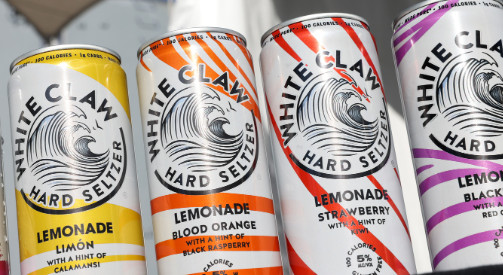
Tips for Drinking White Claw Responsibly
Here are some tips if you plan on drinking White Claw or any alcoholic beverage:
- Pace yourself: Sip your drinks slowly over time instead of gulping them down back-to-back. This allows your body to better metabolize the alcohol.
- Alternate with water: Hydrating with water between alcoholic drinks can slow absorption so the alcohol doesn’t hit you all at once.
- Eat before and during: Having a full stomach when consuming alcohol diminishes absorption rates and intoxication levels.
- Set a drink limit: Decide on a reasonable personal limit beforehand and stick to it. Don’t let peer pressure lead to overconsumption.
- Avoid other substances: Mixing alcohol with marijuana, prescription meds or illegal drugs increases impairment in unpredictable ways.
- Plan safe transportation: Designate a sober driver, use a rideshare service, or take public transportation to avoid driving while impaired.
- Listen to your body: Recognize warning signs like nausea, dizziness or clumsiness as a signal to stop drinking to avoid alcohol poisoning.
Conclusion: How Many White Claws to Get Drunk
There is no magic number of White Claws that will get everyone equally drunk. The effects of alcohol vary substantially based on your personal characteristics. But for many people, 3-4 White Claw cans consumed in a short period can exceed legal intoxication limits. Pace yourself, be responsible, and never drink and drive. Moderation and safety should always come first when drinking.



